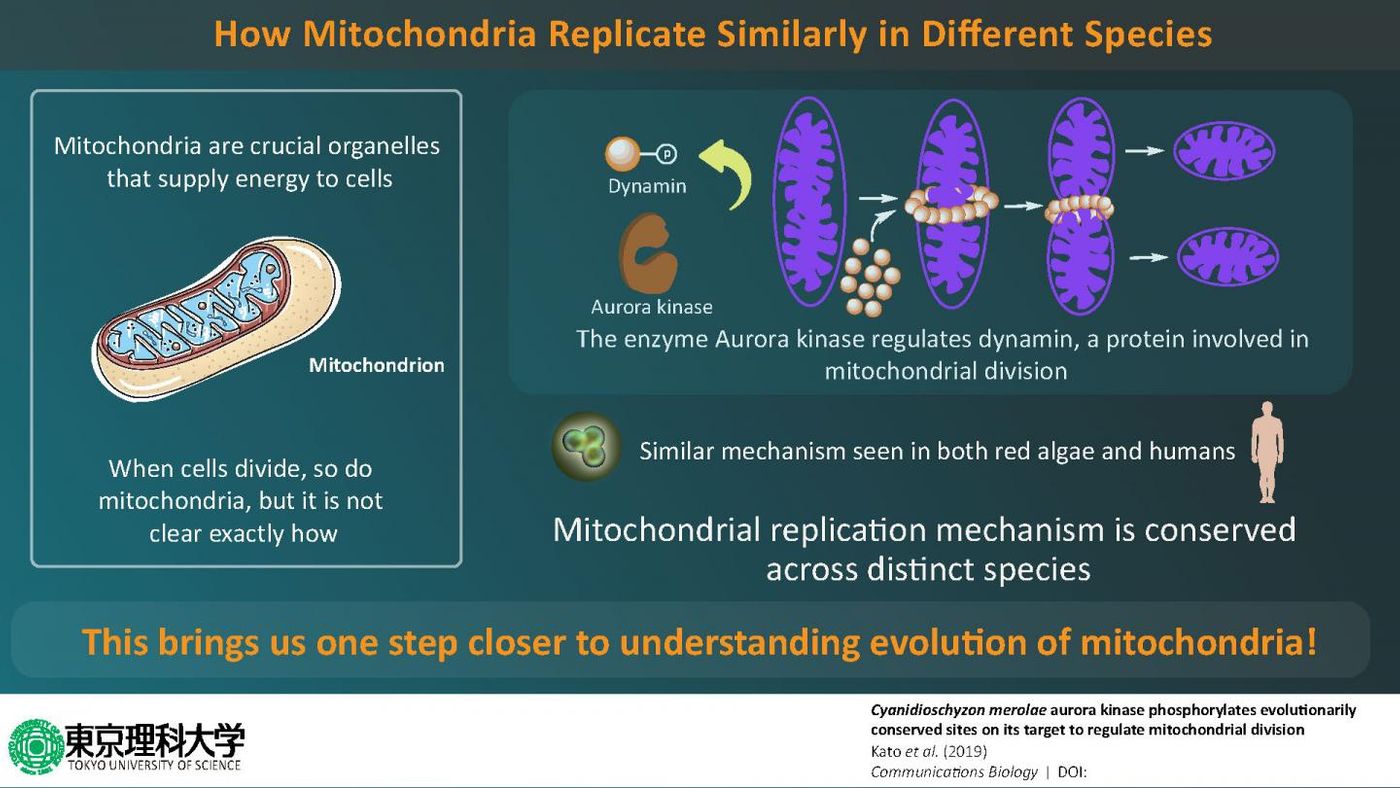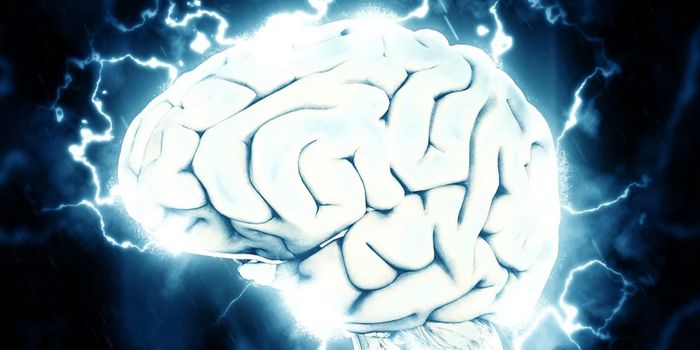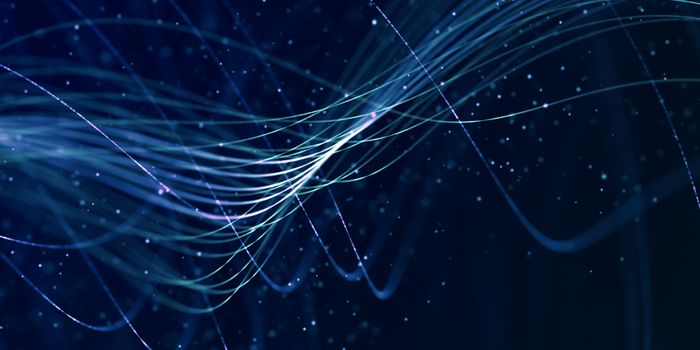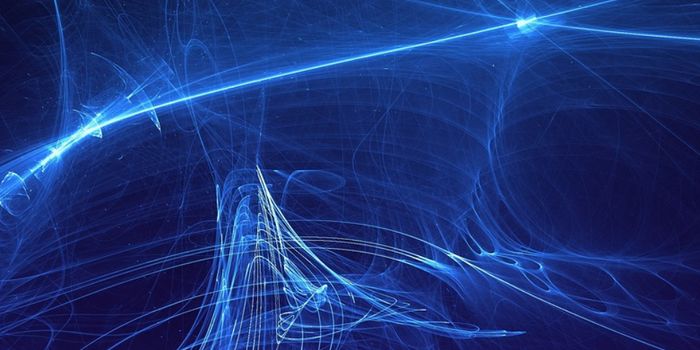Shared Mechanisms of Mitochondrial Division Highlight Evolutionary Links
The cells of most living creatures contain organelles, tiny structures that are bound by a membrane and perform critical cellular functions. One organelle, the mitochondria, is known as the cell's powerhouse. It is an essential and ancient structure that even carries its own DNA: the only protein-coding DNA that is separate from the genomic DNA in the nucleus of the cell. It has been theorized that the mitochondrion may be derived from simpler cells that have no membrane-bound organelles, called prokaryotes, that got into a larger cell and gave rise to more complex cells, eukaryotes (a concept called symbiogenesis). Eukaryotic cells make up virtually every kind of organism except for bacteria and archaea. Mitochondrial division might, therefore, be very similar among most organisms. Reporting in Communications Biology, researchers have now gained insight into a common mechanism in mitochondrial division.
"Mitochondria are important to cellular processes, as they supply energy for vital activities. It is established that cell division is accompanied by mitochondrial division; however, many points regarding its molecular mechanism are unclear," noted research leader Professor Sachihiro Matsunaga of Tokyo University of Science. Matsunaga's team used a type of red alga to learn more. These simple organisms carry only one mitochondrion.
The researchers zeroed on an enzyme called Aurora kinase, which activates other molecules by adding a phosphate group (phosphorylating) them. Aurora kinase is known to play a role in cell division in red algae. The scientists found that the enzyme phosphorylates a protein called dynamin. Dynamin functions in mitochondrial division.
"When we looked for proteins phosphorylated by Aurora kinase, we were surprised to find dynamin, a protein that constricts mitochondria and promotes mitochondrial division," noted Matsunaga.
The researchers now had more information about these mechanisms in red algae, and they wanted to see if the results held true in another organism. They tested whether the human Aurora kinase also phosphorylates human dynamin in a cell culture model, and found that it did. This finding was not replicated in other models, however.
"Using biochemical in vitro assays, we showed that Aurora kinase phosphorylates dynamin in human cells. In other words, it was found that the mechanism by which Aurora kinase phosphorylates dynamin in the mitochondrion is preserved from primitive algae to humans," explained Matsunaga.
"Since the mitochondrial fission system found in primitive algae may be preserved in all living organisms including humans, the development of this method can make it easier to manipulate cellular activities of various organisms, as and when required," he added.
Sources: AAAS/Eurekalert! via Tokyo University of Science, Communications Biology









